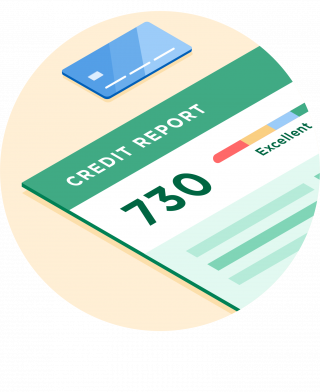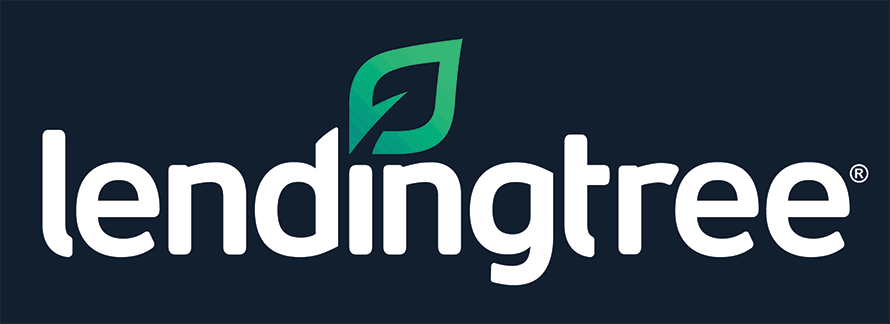It might feel like longer to some, but it was just a decade ago that a devastating housing crisis ruined the lives of numerous Americans, with impacts that still exist today. As we approach the 10-year anniversary of Lehman Brothers' collapse and the Great Recession, we must have a look back at the subprime home loan crisis.
If the prime rate for a home mortgage is what is offered to individuals Learn more with good credit and a history of reliability, subprime is for those who have struggled to fulfill those standards. Individuals who are authorized of subprime home loans historically have low credit history and issues Visit this page with financial obligation. There is no specific recognized number, however a FICO rating listed below 640 is normally seen as subprime for a loan like a mortgage. NINJA mortgages were released with no independent verification of the borrower's capability to pay back the loan. Unsurprisingly, many of these customers turned out to be unable to pay their home mortgages. Low underwriting standards fostered an environment where individuals who positioned a real credit danger had the ability to obtain home mortgage.

In reality, unique home loan were developed just for borrowers who were not able to come up with the cash for a deposit. Under a so-called "piggyback" loan, a home mortgage lender would release one loan to cover the down payment and closing expenses, and then a second loan to cover the house's purchase price.
Inappropriate mortgage lending practices played a large role in the monetary collapse. Nevertheless, this is still not the whole story. In truth, activities in property and secondary financial services markets contributed a great deal to the bigger financial issues the country experienced throughout the recession. To start with, houses were being appraised at exceedingly high values, inflating realty costs across the country.
This triggered inflated housing values to distribute in genuine estate markets. In https://www.forbes.com/sites/christopherelliott/2020/06/27/how-do-i-get-rid-of-my-timeshare-in-a-pandemic/#53347f866a07 turn, borrowers secured loans for amounts that were more than the houses deserved outdoors market - what banks give mortgages without tax returns. Some have even argued that appraisers' overvaluation of houses was the genuine root of the monetary crisis. Securitization of home loan loans may have been the straw that broke the camel's back.
Which Of The Following Are Banks Prohibited From Doing With High-cost Mortgages? Can Be Fun For Anyone
Securitization is the practice of transforming properties like mortgages into securities like stocks and bonds by pooling possessions together and collecting routine earnings streams from the newly-formed securities. The monetary sector began securitizing home mortgages in the late 1980s. Doing so allowed lenders to reduce a few of the risk of offering out subprime loans since the debt was pooled and re-issued to securities investors.
This procedure was exceptionally successful, and lenders believed they would profit regardless of whether any one customer went into default. which of these statements are not true about mortgages. After all, if they didn't generate income off of the loan, they might still generate income by issuing securities or by offering the home through foreclosure if the customer defaulted.
As a result, banks began increase the profitable practice of securitizing mortgage and selling collateralized debt obligations. Naturally, the idea of spreading out the risk just works when the majority of the loans are paid back. If expensive a percentage of the loans are defaulted on, the securities' values drop.

These losses caused the failure of large investment banks like Bear Sterns and Lehman Brothers and the failure of Indymac, one of the biggest mortgage originators in the United States. Congress enacted the Dodd-Frank Act in response to these conditions with the intent of avoiding a comparable catastrophe in the future.
Dodd-Frank overhauled mortgage lending practices, increased oversight of banks and credit ranking agencies, and included a whistle-blower arrangement that supplies financial benefit for the reporting of securities offenses. The Dodd-Frank Act was a significant law, and it included the Mortgage Reform and Anti-Predatory Lending Act, as well as the Consumer Financial Defense Act.
The Which Banks Are Best For Poor Credit Mortgages Statements
Further, it modified elements of Regulation Z and modified aspects of the Truth in Financing Act. The Act needed pioneers to prioritize the customer's capability to repay the loan during the application procedure. Similarly, loan providers are required to make a "excellent faith determination as to a customer's capability to repay the loan." This excellent faith determination required lending institutions to tighten their underwriting standards, hence eliminating debtors' ability to certify utilizing gadgets such as stated income loans.
To fight predatory lending, the Customer Financial Defense Bureau passed the Know Prior to You Owe mortgage disclosure rule, which is designed to help customers understand their loans, and the accompanying files they sign (what are the interest rates on 30 year mortgages today). To cultivate this reward, the Bureau simplified conventional mortgage disclosure types and developed standardized market practices that were more transparent.
The Dodd-Frank Act alleviated a lot of unneeded threat in realty financing markets and moved some of the staying threat of default from house owners to lending institutions. Under the law, lenders sponsoring asset-backed securities should keep a minimum of five percent of the associated credit threat. Numerous think this requirement will decrease lenders' willingness to release subprime loans.
Dodd-Frank Wall Street Reform and Customer Security Act, Club. L. No. 111-203, 929-Z, 124 Stat. 1376, 1871 (2010) (codified at 15 U.S.C. 780).
The U.S. is not ready to see a rerun of the real estate bubble that formed in 2006 and 2007, precipitating the Fantastic Economic crisis that followed, according to experts at Wharton. More prudent lending norms, rising rate of interest and high home prices have actually kept demand in check. Nevertheless, some misperceptions about the key drivers and effects of the housing crisis persist and clarifying those will make sure that policy makers and market players do not repeat the exact same mistakes, according to Wharton property professors Susan Wachter and Benjamin Keys, who recently had a look back at the crisis, and how it has influenced the present market, on the Knowledge@Wharton radio program on SiriusXM.
Not known Facts About For Mortgages How Long Should I Keep Email
As the home mortgage financing market expanded, it attracted droves of new gamers with money to provide. "We had a trillion dollars more coming into the home loan market in 2004, 2005 and 2006," Wachter stated. "That's $3 trillion dollars entering into home loans that did not exist prior to non-traditional home loans, so-called NINJA home mortgages (no income, no task, no possessions).
They likewise increased access to credit, both for those with low credit history and middle-class house owners who wanted to take out a second lien on their house or a house equity line of credit. "In doing so, they created a great deal of utilize in the system and introduced a lot more threat." Credit broadened in all directions in the build-up to the last crisis "any instructions where there was cravings for anybody to borrow," Keys said.